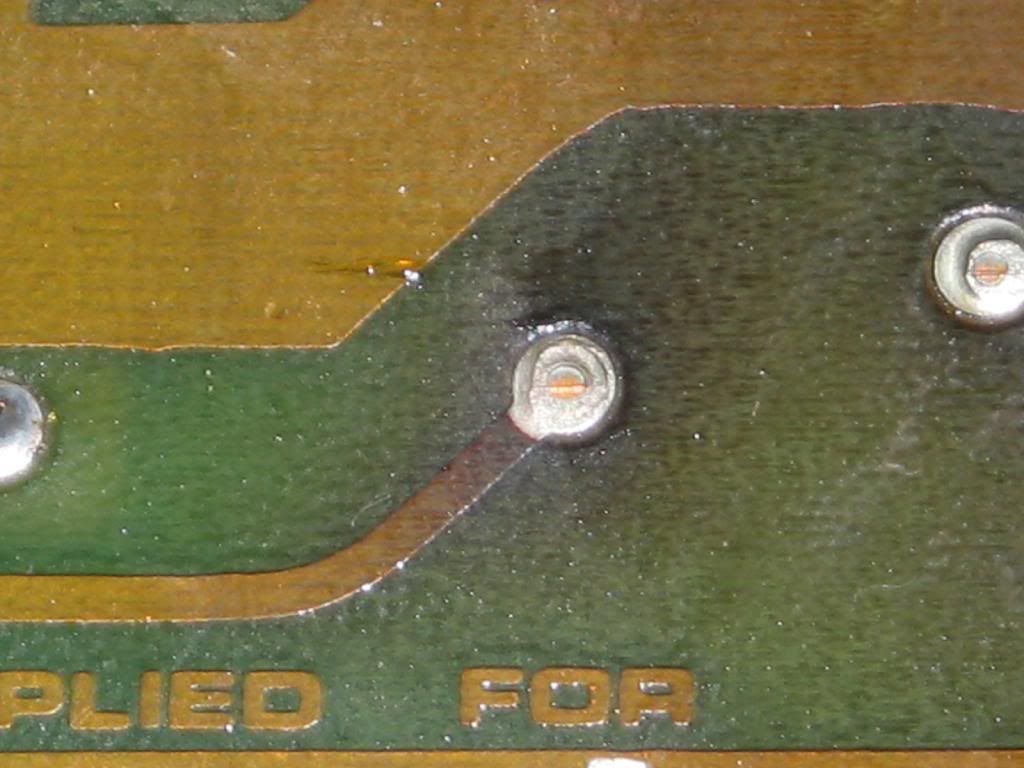I have a question along the same lines... I have experienced the power output loss from my .22 as well (works fine for 10 minutes then power dies (cuts off to 1/2 or 1/3 volume on lead channel); turn off and come back later, it's back to full volume, but again only for ~ 10 minutes). I have read through these boards and will try what seems to be the common solution of cleaning the input/output jacks in the effects send/return loop first, but....
I also bought matched replacement power tubes directly from MesaBoogie website. I know the .22 is supposed to be a fixed bias amp so you can just replace power tubes and go (provided they are MB tubes specifically for the .22), but my .22 (I bought it used) currently has Groove tubes all the way around (power and pre-amp tubes). I'd just be replacing the power tubes only, but since I bought this used and do not know the details of what was done when these groove tubes were installed, how do I know for sure that I don't need to have a tech look at it to confirm the MesaBoogie tubes are biased correctly once they are installed? The Groove tubes EL-84's currently in there are labeled with a "5" number on them, if that's of any help; I think that number refers to what bias level they are expecting to be installed "into", and I don't know whether that number correlates correctly with the MB 6BQ5's that I got (MB sells only one version of this tube, while replacement Groove Tube EL-84's come in a range of numbers). I'd sure like to just drop the new ones in and go, but I paid $500 for this amp and don't want to do something stupid. I would say there are not a whole lot of hours on this amp after I bought it (I'm a home weekend/casual guitarist) but the drop-out didn't happen for the first ~2 years of ownership. Thanks, -zoldt




